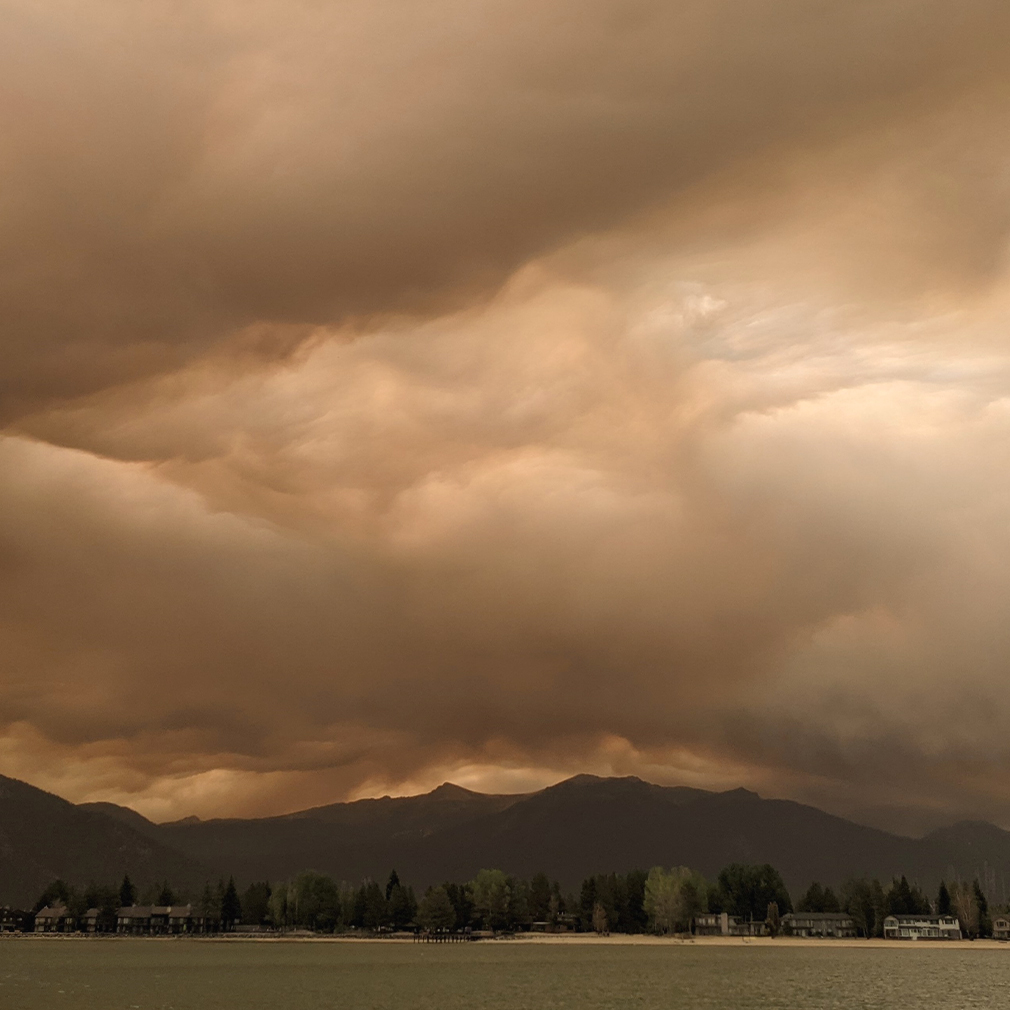In the summer of 2021, flames from the history-making Caldor Fire spread eastward, threatening the Lake Tahoe Basin. Amidst the crisis, scientists saw an opportunity to answer a critical question: how does wildfire smoke and ash impact Lake Tahoe?
Kickstart funding from the League to Save Lake Tahoe and the Tahoe Fund allowed scientists from the University of Nevada Reno, Utah State University, University of California Davis, Desert Research Institute and Miami University to mobilize quickly and launch a rapid response study.
“When we have extreme events like the Caldor Fire, we need to look at the short- and long-term impacts on the entire ecosystem,” said Laura Patten, senior science policy analyst for the League to Save Lake Tahoe.
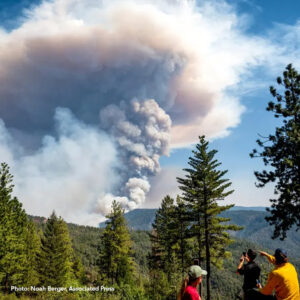
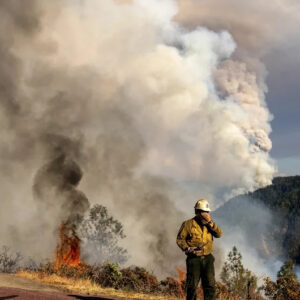
“While the flames burned thousands of acres of forest and directly threatened our community, our science experts were able to rapidly respond and look at the myriad of other impacts from the Caldor Fire. By collecting the data and doing the science, they’re building a view of how the entire Tahoe Basin responds. These rapid response efforts are integral to understanding repercussions from wildfires, which are becoming more frequent and severe.”
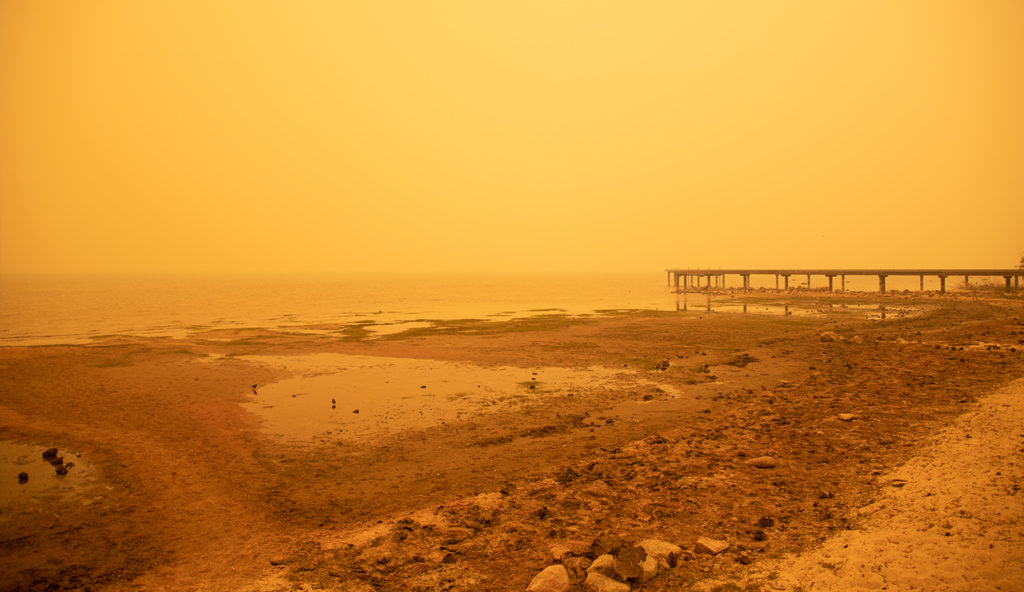
One key element of the study, led by the University of Nevada Reno, measured ash falling from the sky to see if it delivered nutrients that could feed algae living in the Lake, or if the ash simply dropped tiny, inorganic particles – both of which can harm Tahoe’s water clarity and quality.
To answer the question, the research team installed collection devices filled with special glass marbles in locations around the Tahoe Basin, close to and farther from the active Caldor Fire. Ash particles that fell in the open-topped containers were analyzed to determine the amount, size, nutrient composition and deposition over time.
Because of wind and proximity to the fire, five times more ash fell in the south and east areas of the Lake, as compared to the north and west. There were also differences in the nutrient composition of the ash that fell, including phosphorus and nitrogen that are needed for algae to grow. In appearance, the falling bits ranged from brown, semi-scorched vegetation – which were the most nutrient-packed – to unrecognizable, gray flakes.
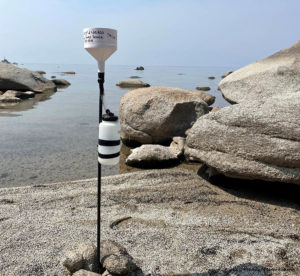
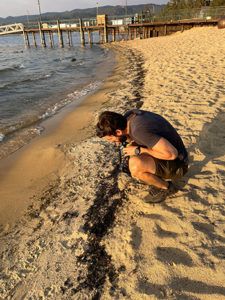
The ash didn’t just fall on the water; it also obscured sunlight, as one may remember for those several gloomy months in the summer of 2021. Normally, light conditions on the surface of the Lake are too intense for algae to grow. Light muted by ash could actually encourage algae to grow where it normally would not.
In combination, those two findings – less intense light at the water’s surface, and an air-drop of nutrients – led the researchers to believe that smoke and ash from wildfires is likely to lead to more algae growth, and therefore, reduced clarity of Lake Tahoe’s water.
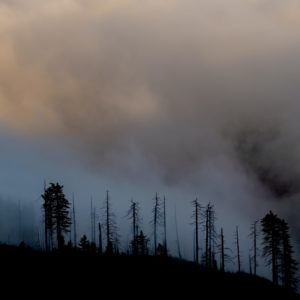
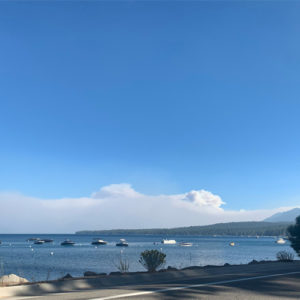
“This study helped establish important baseline data for scientists working to understand the holistic impact of wildfire on our ecosystems” explained Caitlin Meyer, chief program officer for the Tahoe Fund. “We know that wildfire affects forest health and habitat, air quality and communities, but very little is known about what it means for lake clarity and health. These findings lay the groundwork for future research into the topic, and will help Team Tahoe craft more effective ways to protect the lake’s unique, fragile ecology.”
The University of Nevada Reno’s work described above was a component of a larger research project. Read the full study report on the Tahoe Science Advisory Council website – tahoesciencecouncil.org.


